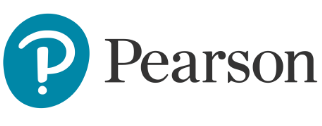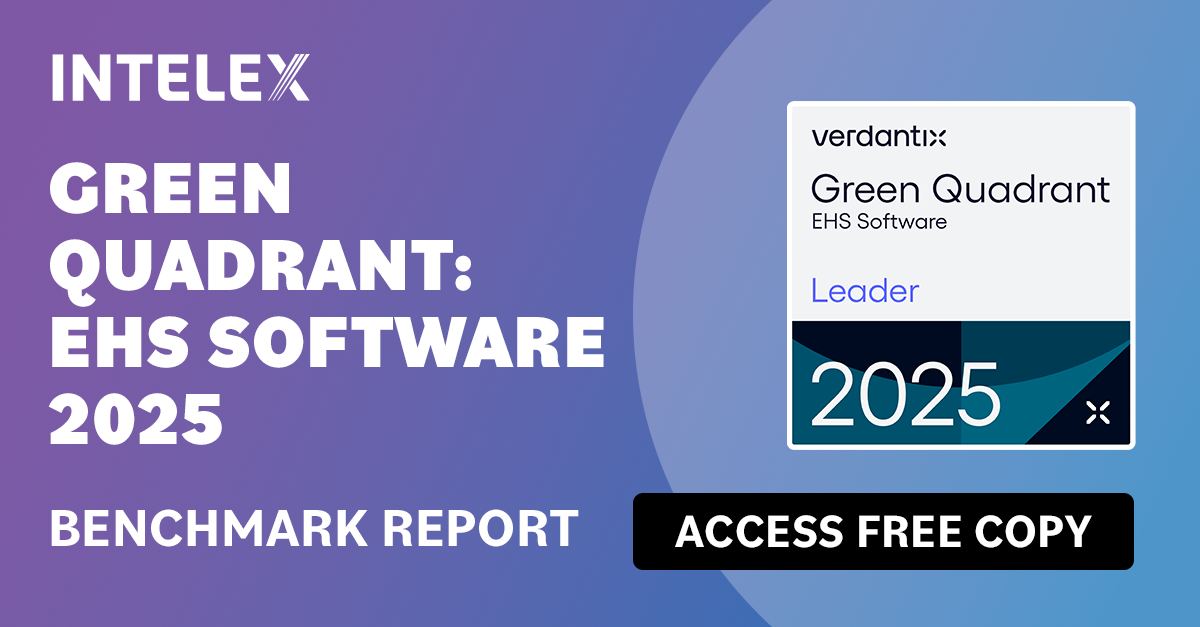
How Pearson Education Created a Safer Workplace Through Digital Transformation
Pearson is a British-owned education publishing and assessment service committed to spreading the benefits of quality education worldwide. They address social and environmental needs while providing products and services that assist millions of teachers and learners every day.

Impact
- Improved global incident reporting efficiency.
- Transitioned from pen-and-paper reporting to a digital system.
- Increased employee engagement in safety and compliance reporting.
- Dramatically improved reporting speed, employees can "be done with it in a very short span of time"
Outcome
Intelex helped Pearson streamline safety incident reporting, improve visibility into non-conformance issues, and drive positive cultural change across its facilities. The system has made reporting faster, easier, and more transparent, ultimately making Pearson a safer and better place to work.
Intelex Applications
The Challenge for Pearson
Before adopting Intelex, Pearson relied heavily on pen-and-paper processes for incident reporting and safety management. "We actually had a lot of pen and paper stuff; virtually everything was pen and paper," says Jeremy Milham. This outdated approach led to inefficiencies and lengthy processes. Employees were hesitant to report issues because they "don't want to cause a problem or rock the boat if this is the way things have been done for so long." The lack of a centralized digital system made it challenging to maintain visibility and drive change across global operations.
“Intelex has very much helped us drive change in our locations and facilities, making Pearson not only a safer place to work but a better place to work.”
Jeremy Milham, Senior Health & Safety Systems Administrator, Pearson
“Intelex, at a very high level, is quite simply the best system out there. We've looked at the other options out there for EHS and Q, and there's just nothing better. There's no better one-stop shop out there.”
Jeremy Milham, Senior Health & Safety Systems Administrator, Pearson
"It's so much easier and nicer to have someone be able to go in, report a non-conformance, report an injury, and be done with it in a very short span of time."
Jeremy Milham, Senior Health & Safety Systems Administrator, Pearson
How Intelex Helped Pearson
Pearson implemented Intelex's suite of applications, including safety incident reporting, non-conformance management, document control, and reporting tools. The transition from manual to digital processes significantly improved efficiency, with Jeremy noting that reports "have come a long, long way" since implementation began.
Key improvements included the merge templates feature, which maintained the ability to output paper reports when needed for workers' compensation claims or insurance companies, while moving the primary workflow to digital. The enhanced reporting capabilities provided greater visibility into trends, with injury reporting and non-conformance reporting becoming heavily utilized tools.
The system's ease of use and configurability made it "very easy to push out to all of our users," leading to increased employee comfort with reporting incidents. The cultural shift has been significant - people now realize "that the system is quite a powerful tool and can be used for a lot of different things," moving from fear of reporting to embracing the platform for continuous improvement.
 1 877 932 3747
1 877 932 3747




